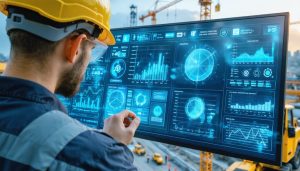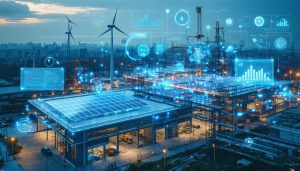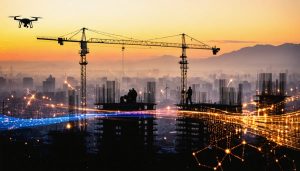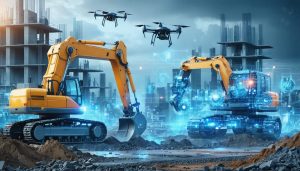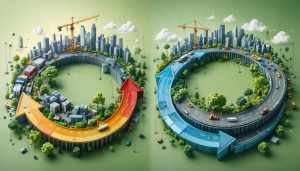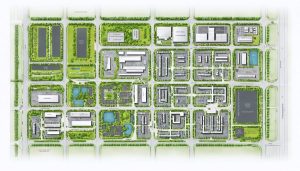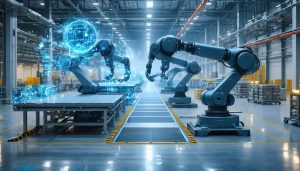
Smart Buildings That Pay For Themselves: IoT Integration Cuts Resource Costs by 30%
Transform modern buildings into intelligent ecosystems by integrating IoT infrastructure from the ground up. AI-powered building management systems now deliver unprecedented control over energy consumption, occupant comfort, and operational efficiency, reducing facility costs by up to 30% annually.
Strategic sensor placement throughout the building envelope captures real-time data on temperature, occupancy, and resource usage, enabling automated responses to …

